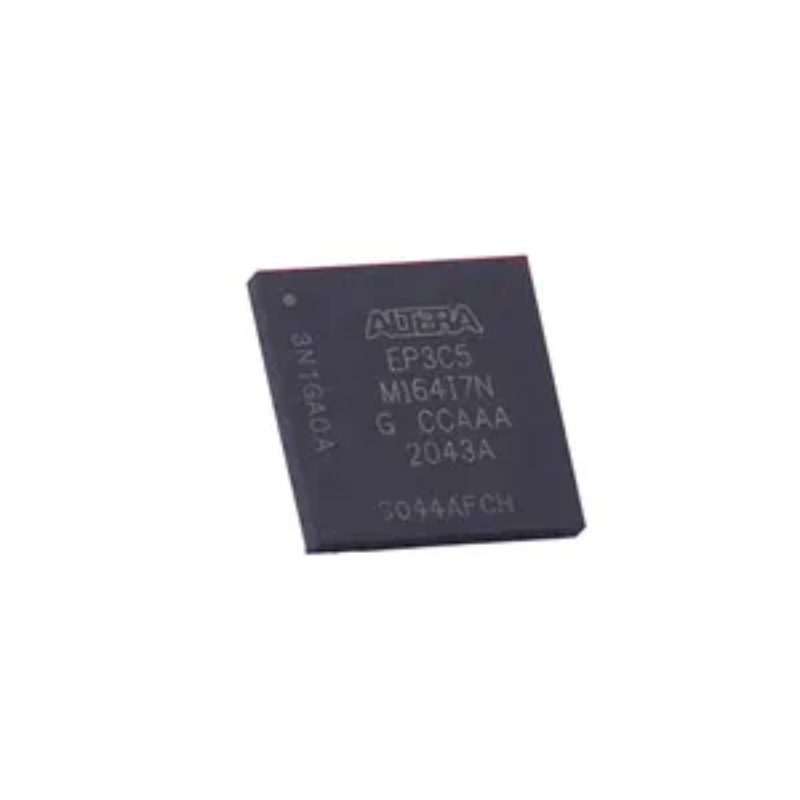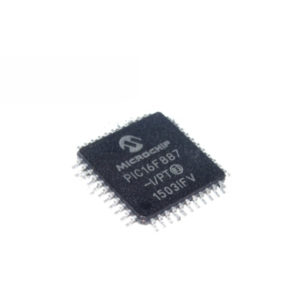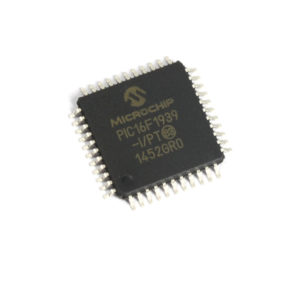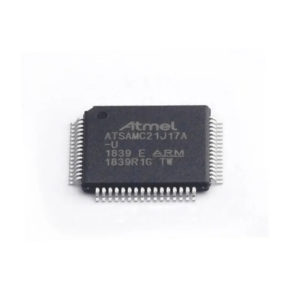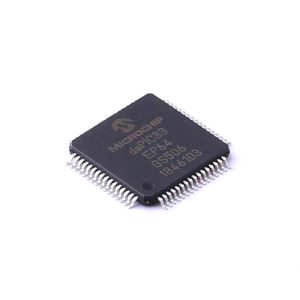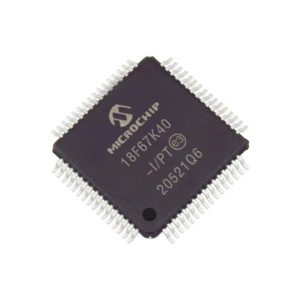EP3C5M164I7N
| Manufacturer | Altera |
| Description | IC FPGA 106 I/O 164MBGA |
| Category | Integrated Circuit |
| Package | BGA-164 |
| Status | New & original |
| Ship From | HK/SHENZHEN |
| Stocks | 10,000 |
Please submit your BOM List or Input the part online
Description
The component “EP3C5M164I7N” appears to be an FPGA (Field-Programmable Gate Array) from Intel’s Cyclone III series. FPGAs in the Cyclone III family offer a balance between cost, power consumption, and performance.
FPGAs are programmable integrated circuits that allow users to configure digital logic circuits and create custom digital designs. They consist of an array of configurable logic blocks, interconnects, and I/O (input/output) resources. The configuration of an FPGA can be modified or reprogrammed to implement different logic functions or complex digital systems.
Based on the naming convention used by Intel for their FPGA products, “EP3C5M164I7N” likely represents a specific variant, speed grade, or package type details of the FPGA.
The application of the “EP3C5M164I7N” FPGA would depend on its characteristics, features, and the requirements of the project or system it is being used in. Generally, FPGAs like the Cyclone III series find applications in various fields, including:
1. Industrial automation: FPGAs can be used in industrial control systems, robotics, and factory automation to implement custom logic and interfaces for controlling machinery, monitoring sensors, and managing processes.
2. Communications and networking: FPGAs are commonly used in communication systems for tasks such as protocol conversion, signal processing, and data packet routing. They can be employed in applications like network switches, routers, and telecommunications equipment.
3. Test and measurement equipment: FPGAs are widely used in test and measurement systems due to their flexibility and reconfigurability. They can be utilized in applications such as oscilloscopes, logic analyzers, and data acquisition systems.
4. Embedded systems: FPGAs are often used in embedded systems for their ability to provide customizable and reconfigurable hardware functionality. They can be employed in applications such as automotive electronics, medical devices, and consumer electronics.
It’s important to note that the specific application and use of the “EP3C5M164I7N” FPGA may vary depending on its characteristics and the requirements of the project. For more detailed information about this particular component, I recommend referring to the documentation and datasheets provided by Intel or consulting directly with the manufacturer.



















































